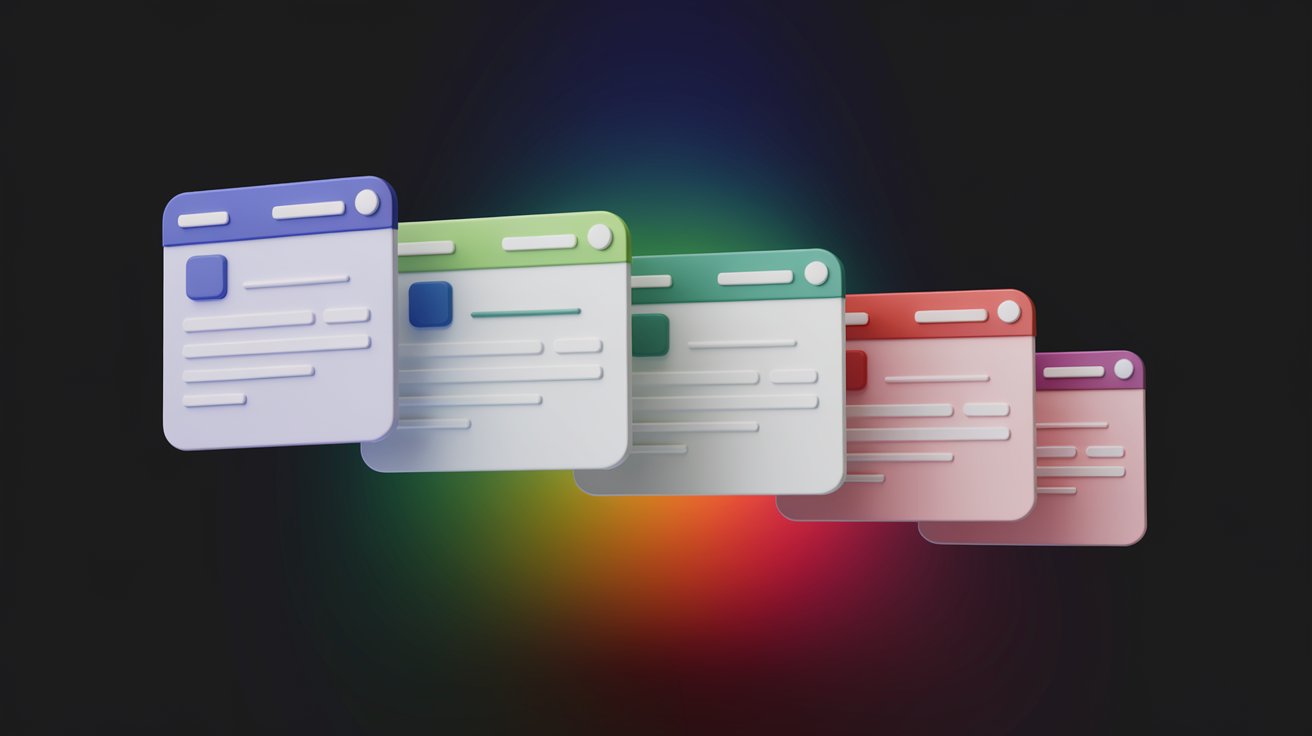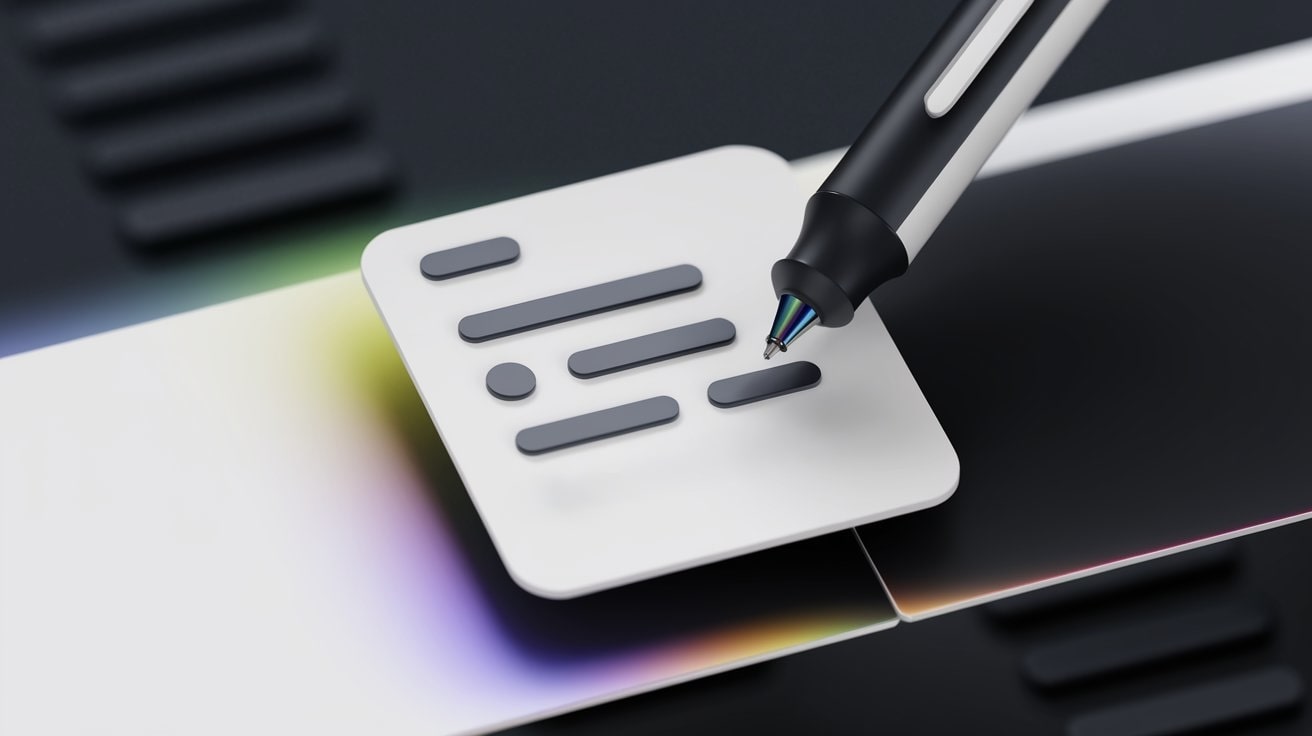Email Thread Meaning: Concept and Purpose
An email thread is a chronological chain of email replies grouped together under the same subject line. It's like a chat app, but more formal, structured, and sometimes a bit chaotic. Instead of starting a new email for every reply, each response just stacks on top of the last one, keeping the context intact.
Why does this matter?
Without email threads, your inbox would be an even bigger mess. Email threads help you:
- Follow conversations with clarity
- Avoid hunting down previous messages
- Keep things consistent when multiple people are involved
Anatomy of an Email Thread
Email threads have several key components:
- Subject Line: The glue that binds the thread. If the subject stays the same, most email clients group the conversation under one umbrella. Change it and it becomes a new thread.
- Headers: Every email contains metadata (timestamps, sender/receiver info, message ID, and reply-to chains). Email clients use these headers to track and link messages in a thread.
- Body Content: The visible part you read. Often, previous replies are quoted or embedded below the latest message. It adds context, but it can get a bit messy.
- Formatting: Things like bolding, bullet points, and even email signature blocks all contribute to the overall look and feel of the email thread.
- Reply Chains: Each reply adds a new layer to the thread. Some email apps display this linearly, others collapse parts of the conversation to avoid overwhelming the reader.
Variants of Email Threads
Now, let's take a look at the surprising range of email thread types.
- One-on-One Threads: This is the most basic form. It's just a simple exchange between two people. You might use it to quickly ask a colleague a question or to update a client. The email thread here is pretty straightforward – it's just a direct, personal conversation.
- Group Threads: Group threads include multiple recipients (using CC or BCC), and replies can come from any direction. It's like a group chat, but threaded. Context becomes essential.
- Nested Threads: This is a more complex variant. A nested thread is when an email message gets a specific reply, which creates a smaller sub-thread within the main conversation. It's like a tree with lots of different ideas growing out of it. They're great for digging into a particular point without losing the bigger picture, but they can also make it tricky to keep up with the main discussion.
- Split & Merged Threads: A split thread is when someone replies to an older message in a thread, essentially starting a new, separate conversation. A merged thread is when an email client recognises that two separate email threads have the same subject line and attempts to combine them. This normally ends up in total chaos and a lot of confused head-scratching.
Pros and Cons of Email Threads
An email thread is a great way to stay organised and keep conversations in order. It's basically the backbone of modern communication, but there are also some cons involved. A great email thread can make communication much easier, but a bad one can get totally confusing and messy.
Pros
- Continuity of conversation – Everything is in one place. No need to dig through your inbox for context.
- Efficiency – You don’t start a fresh message every time. Replies are stacked neatly.
- Team collaboration – In group settings, threads keep everyone on the same page.
- Simplified search and retrieval – With a clear email thread, you can find the entire conversation with a single search.
Cons
- Overload – As a thread grows, it can become unwieldy and overwhelming. When you're in a long group conversation, you can get hit with loads of notifications, which can lead to info overload.
- Derailment – One email thread often splits into side discussions. Then, one email might cover five topics.
- Visibility risks – Forwarding or replying-all can expose sensitive details to the wrong people.
- Broken links – Change the subject line or lose metadata, and the conversation fragments into multiple threads.
In short: email threads save time but demand discipline. Without proper management, they create more problems than they solve.
Best Tips to Manage Your Email Threads
Here are some pro tips to help you get your inbox under control and keep your email threads in order.
- Use Clear Subject Lines: The subject line is the most important part of your email thread. Make it specific and descriptive. Instead of "Meeting," try "Project X Q3 Sync: Agenda & Action Items." If the topic changes, start a new thread with a new subject line.
- CC and BCC With Intention: Before you click "reply-all", take a step back. Who really needs to see this? Use the "Cc" field for anyone you want to involve in the conversation, and "Bcc" for people you want to inform discreetly without making their email visible to everyone else.
- Quote Only What Matters: Avoid pasting entire histories in every reply. Quote the relevant section so the reader doesn’t drown in repetition.
- Cut the Email Body: Delete signatures, disclaimers, or irrelevant chains when replying. A clean thread is a readable thread.
- Don’t Be Afraid to Fork the Conversation: If an email thread starts to go off topic, it's a sign to start a new one. Try not to mix up two unrelated topics in one chain. Just say "Replying in a new thread for clarity on this topic" to keep things organised.
How Atomic Mail Protects Your Conversations—Thread by Thread
Here's the hidden problem: an email thread isn't just a store of words. It stores info about relationships, patterns and metadata that show who's talking to whom, how often, and what about. For hackers or surveillance systems, threads are a goldmine.
That’s why Atomic Mail was built differently.
Our Security-First Features
- End-to-End Encryption – We scramble your emails so only the recipient can read them, ensuring no one (not even us) can access your private conversations.
- Zero-Access Architecture – We don't store your encryption keys. This means there's no way for us to decrypt your emails, guaranteeing your privacy is maintained at all times.
- Anonymous Sign-Up – No personal details required to create an account. Your privacy begins with the very first click.
- Self-Destructing Messages – Send emails that vanish after a set time, keeping sensitive data out of permanent storage.
- GDPR Compliance – Your rights over data access, deletion, and portability are fully respected.
- Alias Protection – Create multiple email aliases to separate personal and business threads without exposing your real address.
- Seed Phrase Recovery – Secure account recovery without relying on phone numbers or secondary emails.
Traditional email services treat threads as convenience features. We treat them as sensitive assets that deserve advanced protection.
✳️ Sign up for Atomic Mail today and enjoy secure email that keeps conversations organized, efficient, and private.



